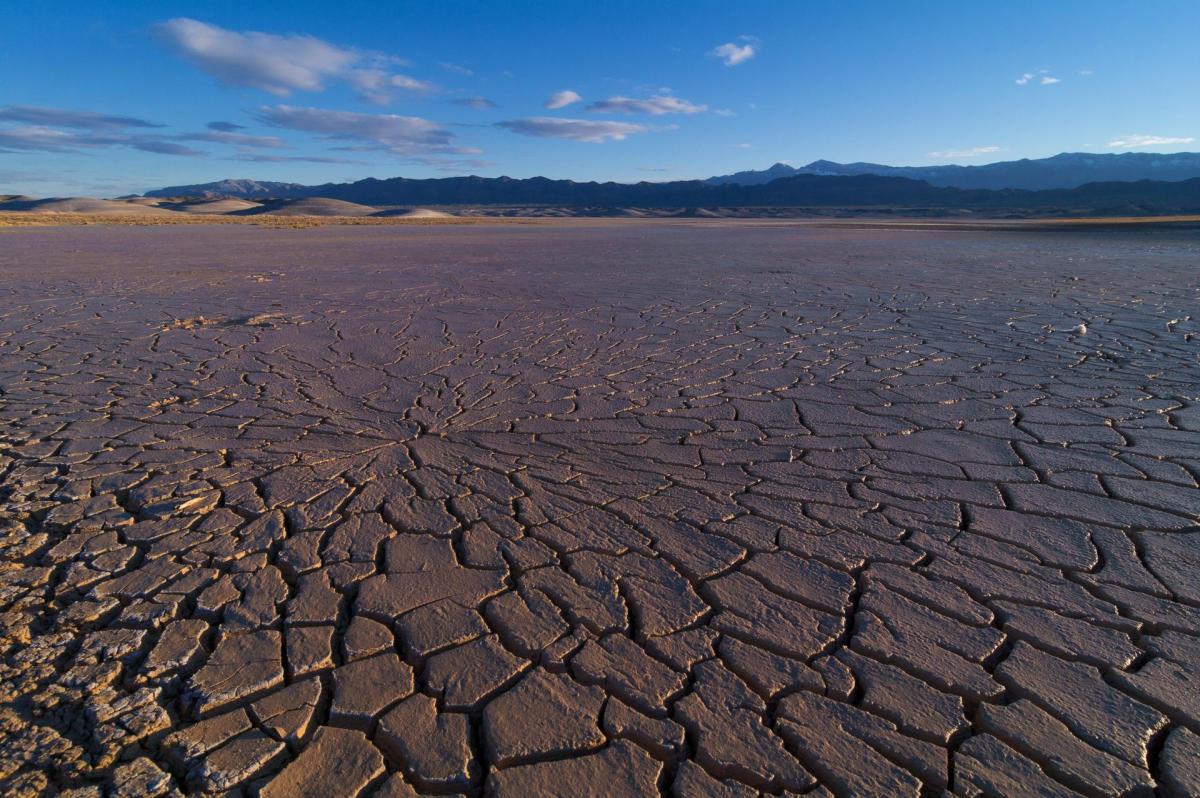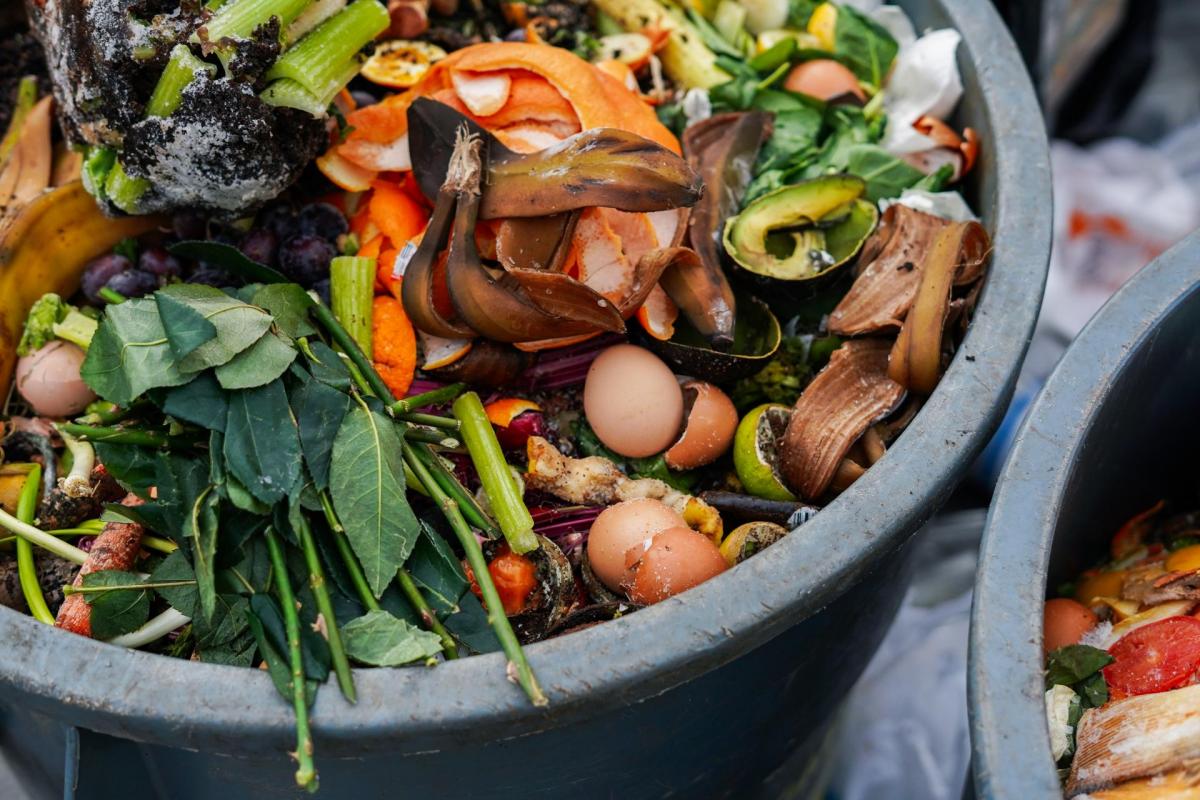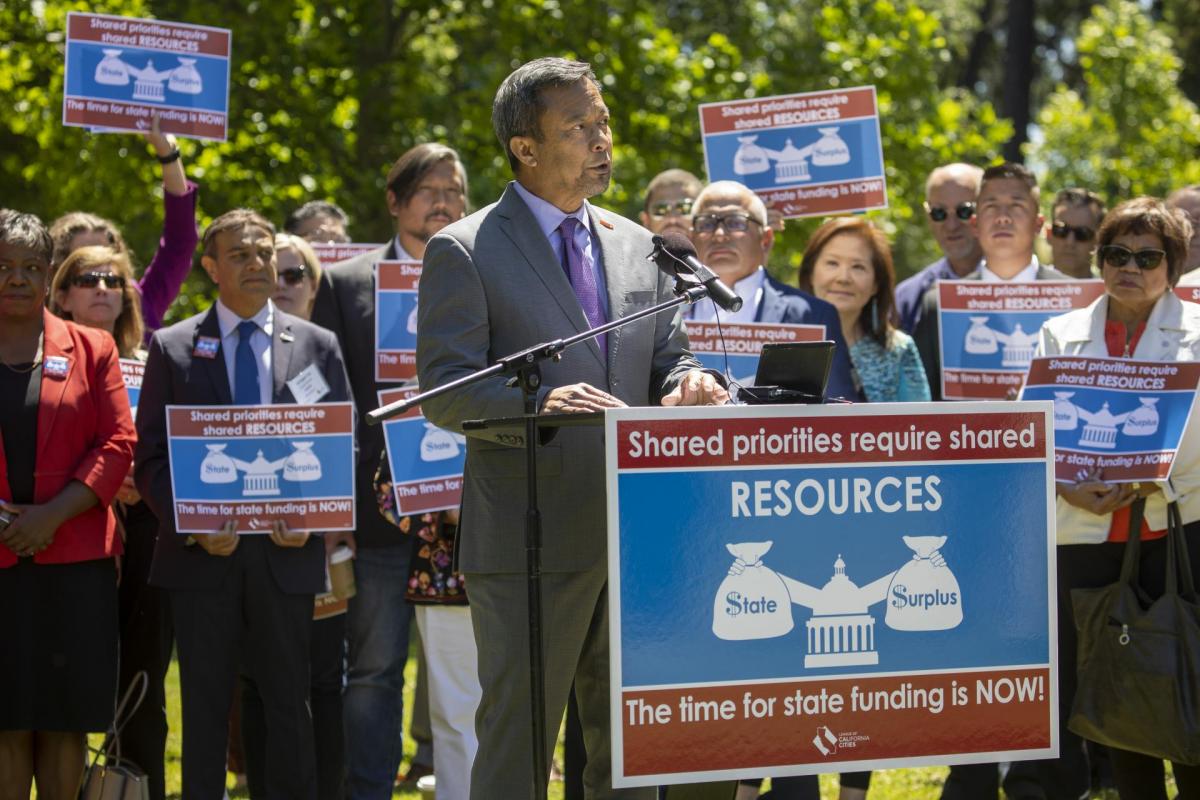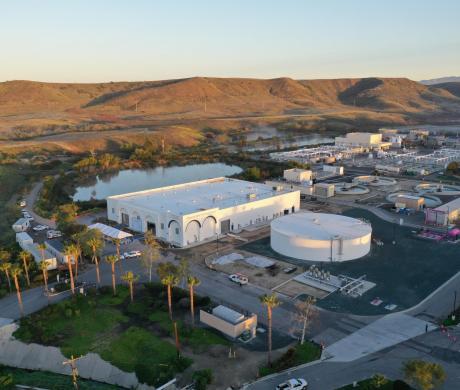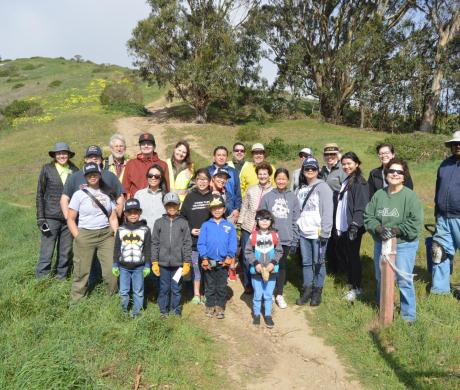While global climate change is daunting, local actions provide hope
Each year, it becomes increasingly clear how climate change is impacting every corner of our state. The U.S. Drought monitor has classified nearly all of California under severe, extreme, or exceptional drought. The severe lack of rainfall and already extreme heat are teeing up another potentially treacherous wildfire season that is leaving all who live, work, and play in California, as well as government leaders, on edge. Central Valley farmers are being forced to fallow their crops due to lack of water, worsening pollution in a region that already suffers from some of the worse air quality in the nation. More than 6 million Southern Californians are under water conservation restrictions to reduce water use by 35%.
California is racing to prevent the irreversible effects of climate change, and the stakes have never been higher. One of the key contributing factors to the climate crisis is methane, a greenhouse gas dramatically more potent than carbon dioxide, that is released from landfilled food and yard waste. Landfills are responsible for more than 20% of the state’s methane emissions and are the third-largest producer of methane in the state.
In an effort to decrease the release of greenhouse gasses, the state passed SB 1383 (Lara) in 2016, which aims to reduce landfill disposal of organic waste by 75% and increase edible food waste recovery by 20%, all by 2025.
SB 1383 is the farthest-reaching solid waste management change since the 1980s and the California Department of Resources Recycling and Recovery (CalRecycle) estimates statewide implementation will cost $20-$40 billion over the next decade, including the addition of 50-100 new organic waste recycling facilities. However, when SB 1383 became law, the state failed to include funding to help local governments implement the program. Nor was there any funding to develop the infrastructure to handle the organic waste.
Like the state, cities are committed to reducing greenhouse gas emissions and addressing some of the most extreme impacts of climate change. However, in order for city officials to ensure their communities are prepared for climate-related disasters and the long-term effects of climate change, they need support, tools, and resources. That’s why one of the League of California Cities’ top advocacy priorities for the past four years has been focused on strengthening disaster preparedness and climate resiliency in our cities.
As the new SB 1383 organic waste regulations were developed, Cal Cities worked closely with city officials to understand the extent of the support and resources needed to implement the program. Last year, input from city officials became the foundation for Cal Cities’ bold advocacy to advance a legislative solution to help local governments comply with the regulations. Cal Cities established a coalition of local government associations and successfully secured $60 million in grant funding to do this. Cal Cities also collaborated with Sen. John Laird to pass SB 619, which gives local governments an optional pathway to compliance without the fear of penalty for one year.
This funding was the largest amount of money ever set aside for cities in a single fiscal year for SB 1383 implementation. And while the infusion of dollars from the state went a long way, it is just a drop in the bucket when compared to the significant financial burden placed on cities to create, implement, and operate this new program.
The organic waste regulations went into effect at the beginning of 2022, and while city leaders throughout the state are developing innovative approaches to implementation, paying for that implementation continues to be a challenge for our cities. A Cal Cities survey of California cities found that 92% of the cities surveyed anticipate increasing solid waste rates over the next three years in order to implement SB 1383 regulations and successfully get the program up and running.
That’s why this year, Cal Cities continued to call on the state to increase its support for this important program by allocating $180 million in the state budget to help cities and counties develop and implement organic waste recycling programs.
Our efforts have been successful. In late June, Gov. Gavin Newsom signed the 2022-23 State Budget, which includes Cal Cities’ full $180 million budget ask to support cities in their organic waste diversion efforts. This funding would not have been possible without the countless letters and calls from city leaders to their lawmakers, and the 100 city officials who stood on the Capitol grounds to rally for this funding in May. This is the perfect example of how effective our organization can be when we unite in our efforts and speak with one voice.
This month’s issue of Western City explores a number of city initiatives to reduce the impacts of climate change and protect the environment in California communities. In “Here’s how cities are responding to organic waste recycling regulations — and the resources available to help them,” CalRecycle highlights the progress California cities are making to implement the organic waste regulations.
You can also learn about South San Francisco’s successful efforts to restore a grassland park and protect two endangered butterfly species in “South San Francisco staff and residents team up to restore rare grassland and endangered butterfly habitat.” And in “Oceanside’s crystal-clear vision for achieving greater water independency propels city to open first water purification facility in San Diego County,” you can take a deep dive into the city of Oceanside’s water recycling program, which provides more than 20% of the city’s drinking water supply.
It is inspiring to see the innovative approaches cities are using to tackle head-on the challenges created by our changing climate. While climate change impacts seem daunting and are most certainly a global problem, concrete actions at the local level to protect our world for future generations are tangible and provide hope that we may still be able to prevent irreversible damage.

